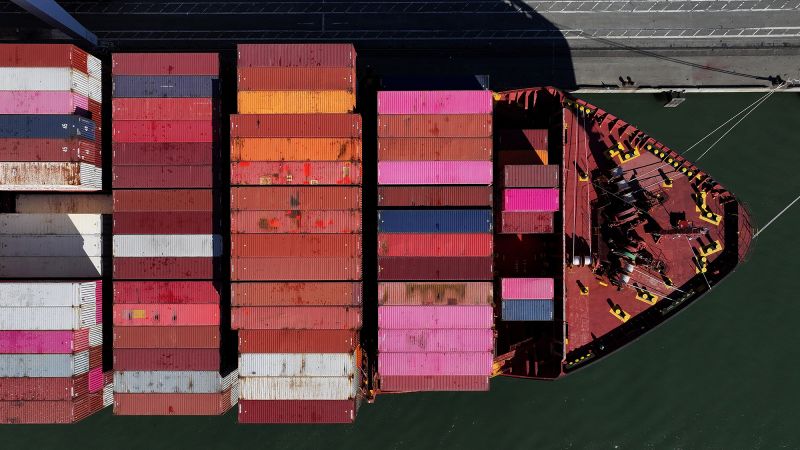Jamie Dimon, CEO of JPMorgan Chase, has been warning of the possibility of stagflation, a situation in which economic growth stagnates while inflation heats up. Dimon’s prediction has been met with skepticism by Federal Reserve Chair Jerome Powell, who believes that inflation will remain under control. However, with President-elect Donald Trump set to take office and impose tariffs on imported goods, the possibility of stagflation has become more real.
Trump has pledged to impose a 25% tariff on Mexican and Canadian imports, as well as increase tariffs on Chinese goods by 10%. This could lead to higher prices for a range of goods, from computers to cars to refrigerators. Some economists believe that these tariffs could have a negative impact on the economy, potentially leading to stagflation.
The US economy is currently experiencing low unemployment and slow inflation, but economists warn that the tariffs could send the economy back to a painful period similar to the 1970s. The Federal Reserve responded to high levels of unemployment in the 1970s by cutting interest rates, but this led to higher inflation and ultimately, recession.
While some economists believe that the risk of stagflation is higher now, they also caution that the Trump administration may give US businesses sufficient time to respond to higher tariffs, mitigating the impact on the economy. The likelihood of stagflation will depend on the timing and severity of the tariffs, as well as the response of other nations.

